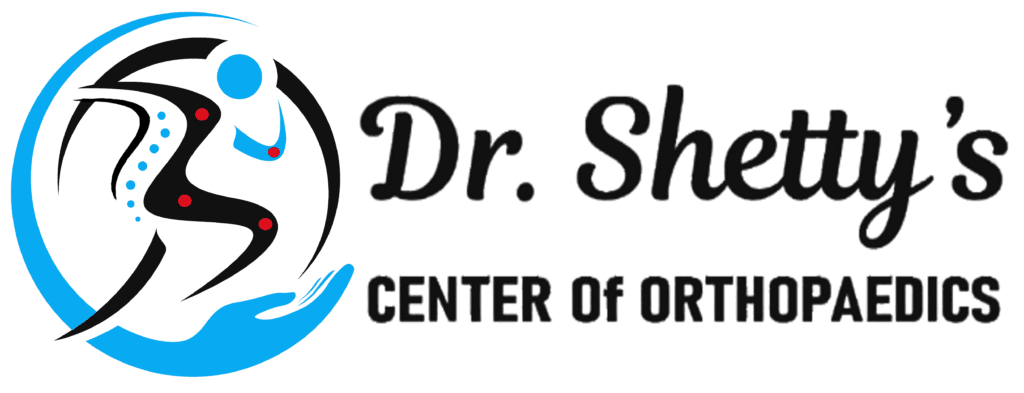Dr. Akshay Shetty Orthopaedics
Congenital Orthopaedics Disorders treatment in HSR layout
Congenital Orthopaedics Disorders
A congenital disorder is a medical condition that could be acquired at the foetal stage and be present at birth.
Some of orthopaedic related congenital disorders, including:
• Cerebral palsy: Cerebral palsy is caused by damage or abnormal development in the parts of the brain that control movement. Common treatments include medicines; surgery; braces; and physical, occupational, and speech therapy.
• Muscular dystrophy: Muscular dystrophy is a group of diseases that cause progressive weakness and loss of muscle mass. In muscular dystrophy, abnormal genes (mutations) interfere with the production of proteins needed to form healthy muscle.
• Osteogenesis imperfecta (“brittle bone disease”):
Osteogenesis imperfecta (OI) is a genetic bone disorder that is observed at the time of birth. It is also known as brittle bone disease. A child born with Osteogenesis imperfecta may have soft bones that break (fracture) easily, bones that are not formed normally, and other problems.
Collagen is a protein that is present in the body. Its fiber-like structure is used to make connective tissue that connects other tissues and is a major component of bone, skin, muscles, tendons, and cartilage. Osteogenesis imperfecta is caused by Autosomal (non sex chromosomes) dominant mutations in the type 1 collagen genes, COL1A1 and COL1A2. Mutations in one or the other of these genes cause the body to make either abnormally formed collagen or too little collagen, thereby making the bone brittle and breakable easily.
• Skeletal dysplasia (affects bone development and stature):
Skeletal dysplasia is a rare genetic disorder that cause abnormal development of a baby’s bones, joints, and cartilage. Skeletal dysplasia can be seen in different parts of the body in different children, the predominantly seen areas that are affected include the legs and arms, ribcage, skull, and spine.
There are about 400 condition that are included in Skeletal Dysplasia, however the most commonly known skeletal dysplasia are
•Thanatophoric dysplasia,
•Achondroplasia,
•Osteogenesis imperfecta,
•Achondrogenesis.
•Thanatophoric dysplasia and achondroplasia account for 62% of all lethal skeletal dysplasias.
•Achondroplasia is the most common nonlethal skeletal dysplasia.
